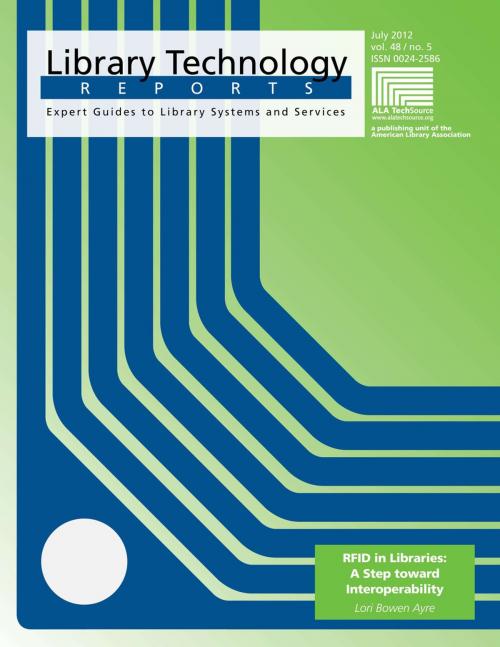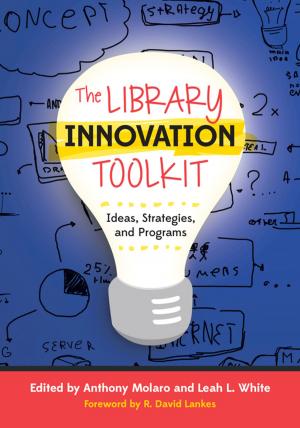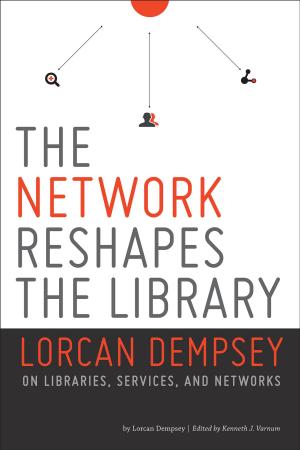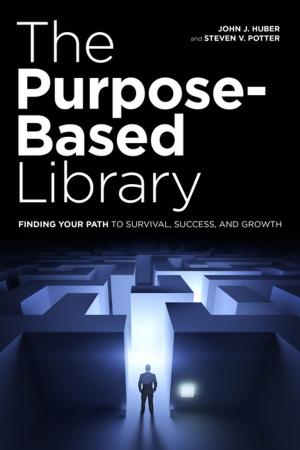RFID in Libraries
A Step toward Interoperability
Nonfiction, Reference & Language, Language Arts, Library & Information Services, Reference| Author: | Lori Bowen Ayre | ISBN: | 9780838994344 |
| Publisher: | American Library Association | Publication: | January 1, 2012 |
| Imprint: | ALA TechSource | Language: | English |
| Author: | Lori Bowen Ayre |
| ISBN: | 9780838994344 |
| Publisher: | American Library Association |
| Publication: | January 1, 2012 |
| Imprint: | ALA TechSource |
| Language: | English |
The approval by The National Information Standards Organization (NISO) of a new standard for RFID in libraries is a big step toward interoperability among libraries and vendors. By following this set of practices and procedures, libraries can ensure that an RFID tag in one library can be used seamlessly by another, assuming both comply, even if they have different suppliers for tags, hardware, and software. In this issue of Library Technology Reports, Lori Bowen Ayre, an experienced implementer of automated materials handling systems, Provides background on the evolution of the standard Addresses the costs and benefits of RFID, which can be an expensive technology Discusses issues for libraries and their vendors in migrating to the new standards, identifying additional steps needed to remove legacy barriers Offers recommendations for libraries that have implemented RFID as well as for those getting started Shows how to use tags to optimize workflows and design new services
The approval by The National Information Standards Organization (NISO) of a new standard for RFID in libraries is a big step toward interoperability among libraries and vendors. By following this set of practices and procedures, libraries can ensure that an RFID tag in one library can be used seamlessly by another, assuming both comply, even if they have different suppliers for tags, hardware, and software. In this issue of Library Technology Reports, Lori Bowen Ayre, an experienced implementer of automated materials handling systems, Provides background on the evolution of the standard Addresses the costs and benefits of RFID, which can be an expensive technology Discusses issues for libraries and their vendors in migrating to the new standards, identifying additional steps needed to remove legacy barriers Offers recommendations for libraries that have implemented RFID as well as for those getting started Shows how to use tags to optimize workflows and design new services















